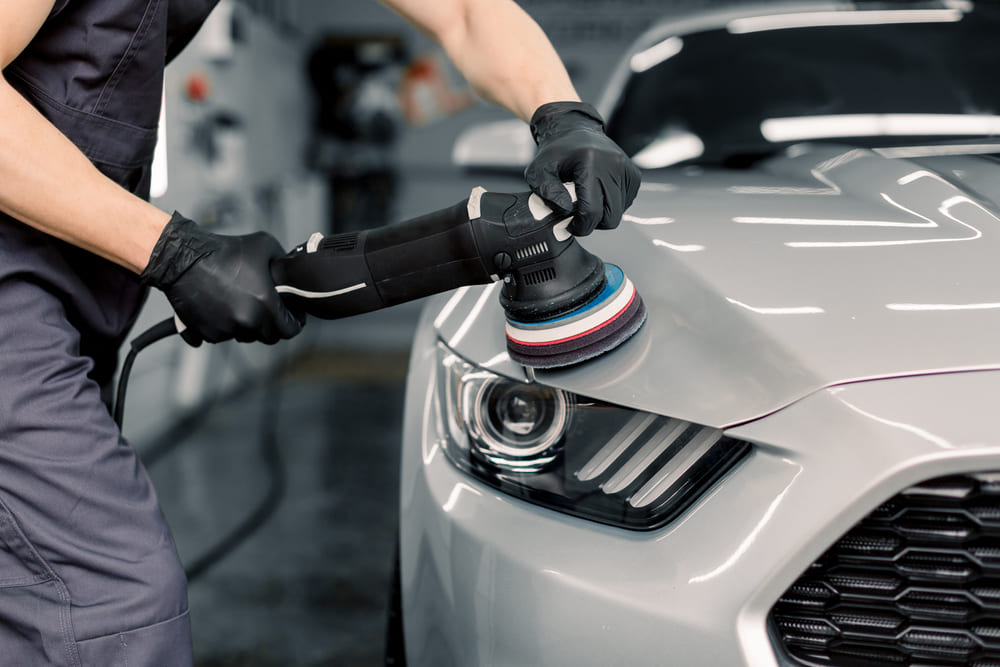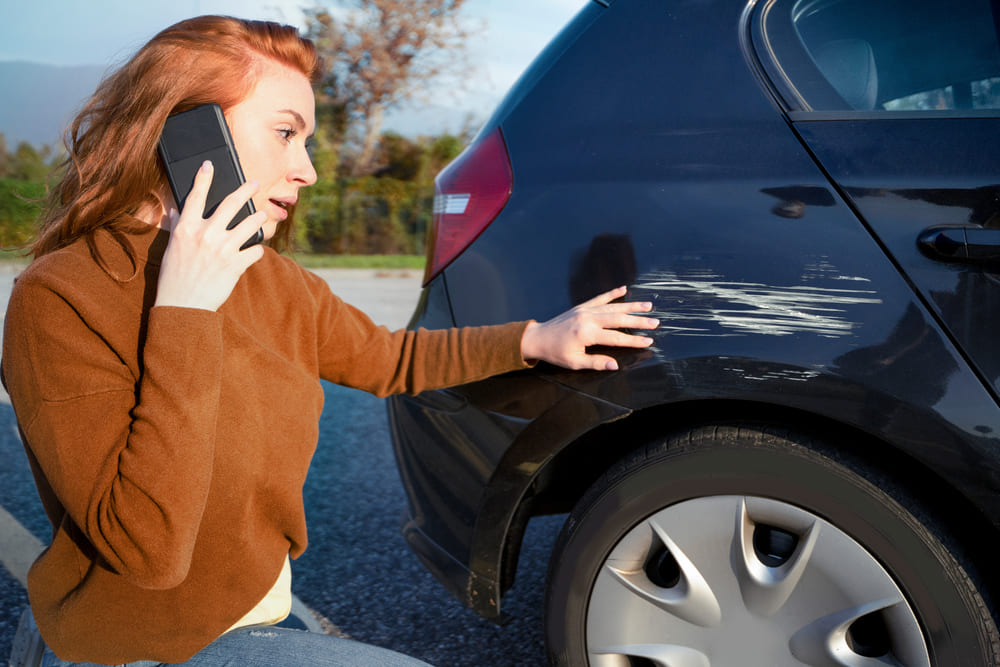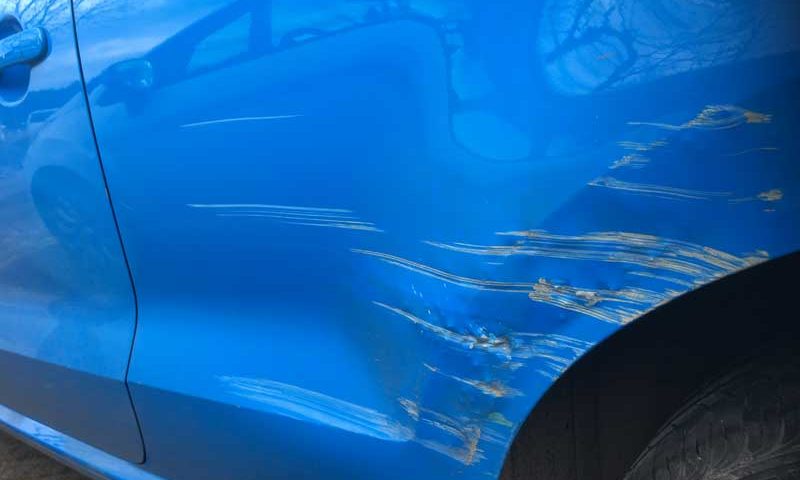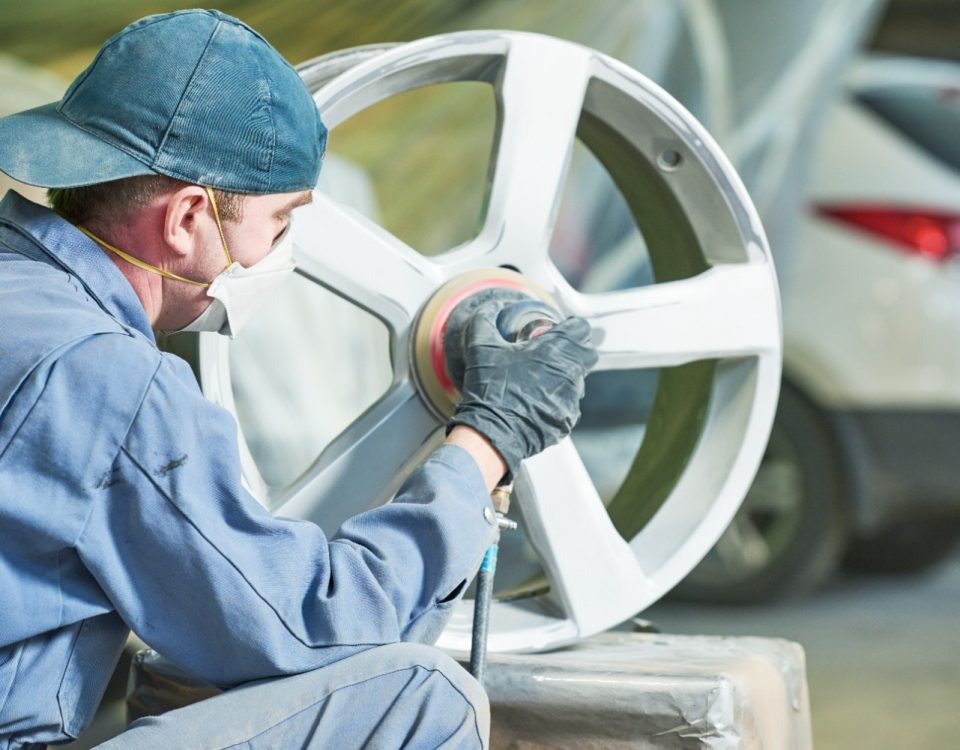Wondering how to repair a car scratch? Repairing scratches on cars promptly is crucial to maintaining the appearance and value of your vehicle. Even minor scratches can lead to rust if left untreated, compromising both the aesthetic appeal and structural integrity of the paintwork. This guide outlines a series of steps on how to repair scratches on cars, providing an effective and cost efficient way to restore your car’s finish and prevent further damage. By following these methods, you can ensure your car looks its best while avoiding more extensive repairs down the road. Take charge of your car’s appearance today with these simple techniques to keep it looking pristine and protected for years to come.

A Complete Guide To Alloy Wheel Repairs
January 24, 2020
Car Battery Care When Not In Use
April 2, 2020How to Repair a Car Scratch
Repairing a car scratch can help preserve your vehicle’s appearance and prevent more extensive damage over time. Here’s a step-by-step guide on how to repair scratches on cars:
Step 1: Assess the Scratch
- Examine the Depth: Determine if the scratch has only affected the clear coat (superficial), paint layer, or exposed the metal.
- Evaluate Severity: Note the length and width of the scratch to assess the extent of repair needed.
Step 2: Clean and Prepare
- Wash Thoroughly: Clean the scratched area and its surroundings with car shampoo and water. Ensure the area is free from dirt and debris.
- Dry Completely: Use a microfiber cloth to dry the area completely before proceeding.
Step 3: Masking
- Protect Surroundings: Use masking tape to cover the area around the scratch to prevent accidental damage to unaffected paint.
Step 4: Apply Rubbing Compound
- Use a Paint Rubbing Compound: Apply a small amount of rubbing compound to a clean, soft cloth.
- Buff the Scratch: Rub the compound gently over the scratch in circular motions. This helps smooth out the edges and prepares the surface for touchup paint.
Step 5: Apply TouchUp Paint
- Choose the Right Paint: Match the touchup paint to your car’s colour code. You can find this code on the vehicle information sticker or in the owner’s manual.
- Apply Thin Layers: Use a fine brush or applicator to apply thin layers of paint to the scratch. Allow each layer to dry completely before applying the next (usually 1015 minutes between coats).
Step 6: Sanding (if necessary)
- Level the Surface: If the touchup paint results in a raised area, lightly sand it with fine grit sandpaper (20002500 grit) once it’s completely dry.
- Blend Smoothly: Use a gentle touch to ensure the repaired area is level with the surrounding paintwork.
Step 7: Polish and Wax
- Apply Polish: Once the repair is smooth and dry, use automotive polish to blend the repaired area with the rest of the paint.
- Protect with Wax: Apply a layer of wax to the entire repaired area to protect the paint and provide a glossy finish.
Step 8: Final Inspection
- Remove Masking Tape: Carefully remove the masking tape to reveal the finished repair.
- Check for Imperfections: Inspect the repaired area under different lighting conditions to ensure it blends seamlessly with the rest of the car’s paint.
Related: What to do if someone keys your car
Things to Be Considered While Repairing a Car Scratch
When repairing a car scratch, several key considerations can ensure a successful outcome and preserve your vehicle’s appearance:
Scratch Depth and Severity
Assess how deep and wide the scratch is. This determines whether it can be repaired with DIY methods or if professional help is needed.
Paint Colour Matching
Use touch-up paint that precisely matches your car’s colour code. This ensures the repaired area blends seamlessly with the surrounding paintwork.
Surface Preparation
Clean the scratched area thoroughly before starting repairs. Remove any dirt, wax, or debris that could affect the adhesion of the touch-up paint.
Appropriate Tools and Materials
Use high-quality materials and tools designed for automotive touch-up work, such as fine grit sandpaper, rubbing compound, and polish.

Technique and Application
Apply touch-up paint in thin layers, allowing each coat to dry completely before applying the next. Use gentle, consistent strokes to achieve a smooth finish.
Sanding (if necessary)
If the touch-up paint creates a raised area, carefully sand it down with fine grit sandpaper to level it with the surrounding paint.
Polishing and Waxing
Polish the repaired area to blend it with the rest of the paintwork. Apply wax to protect the repaired surface and enhance its gloss.
Final Inspection
Inspect the repaired area under different lighting conditions to ensure it matches the rest of the car’s paint and there are no visible imperfections.
Weather and Environment
Perform repairs in a clean, dry environment with moderate temperature. Avoid extreme heat or cold, which can affect the drying and curing of paint.
Patience and Care
Take your time during each step of the repair process. Rushing can lead to mistakes or uneven results. Patience ensures a professional-looking repair.
By considering these factors and following a methodical approach, you can effectively repair car scratches and maintain your vehicle’s appearance for years to come.
Safety Precautions When Repairing Car Scratches
When repairing car scratches, focus on these relevant safety precautions to ensure a safe and effective repair process:
- Ventilation: Work in a well-ventilated area to prevent inhaling fumes from paints, solvents, and compounds used in the repair, reducing respiratory risks.
- Protective Gear: Wear gloves to shield hands from chemicals and abrasives, and safety goggles to protect eyes from splashes during sanding and polishing.
- Skin Protection: Cover exposed skin with long sleeves and pants to minimise contact with potentially harmful substances, preventing skin irritation or chemical burns.
- Tool Safety: Handle tools and sharp objects with care to prevent cuts or injuries during sanding and polishing tasks.
- Chemical Handling: Follow safety instructions on product labels meticulously, storing chemicals safely and away from children or pets to prevent accidental ingestion or exposure.
- First Aid Preparedness: Have a first aid kit nearby for immediate treatment of minor cuts or chemical contact, ensuring quick response to any accidents.
- Proper Disposal: Dispose of used materials according to local regulations to avoid environmental contamination, particularly chemicals and hazardous waste.
Adhering to these precautions not only protects your health and safety but also enhances the quality and success of your DIY car scratch repair efforts.

Conclusion
How do you repair car scratches? The method matters significantly, as it directly impacts the quality of the finish and ensures long-term protection against rust and deterioration. Repairing car scratches promptly not only enhances your vehicle’s appearance but also prevents future issues like rusting. Follow these steps on how to repair car scratch effectively to restore your car’s finish and maintain its value. Contact Scuff Doc today for professional, expert car scratch repair services that restore your vehicle’s flawless appearance!




